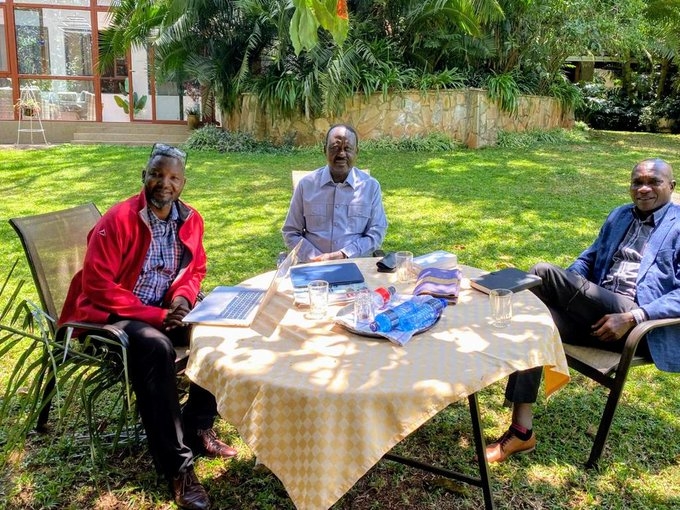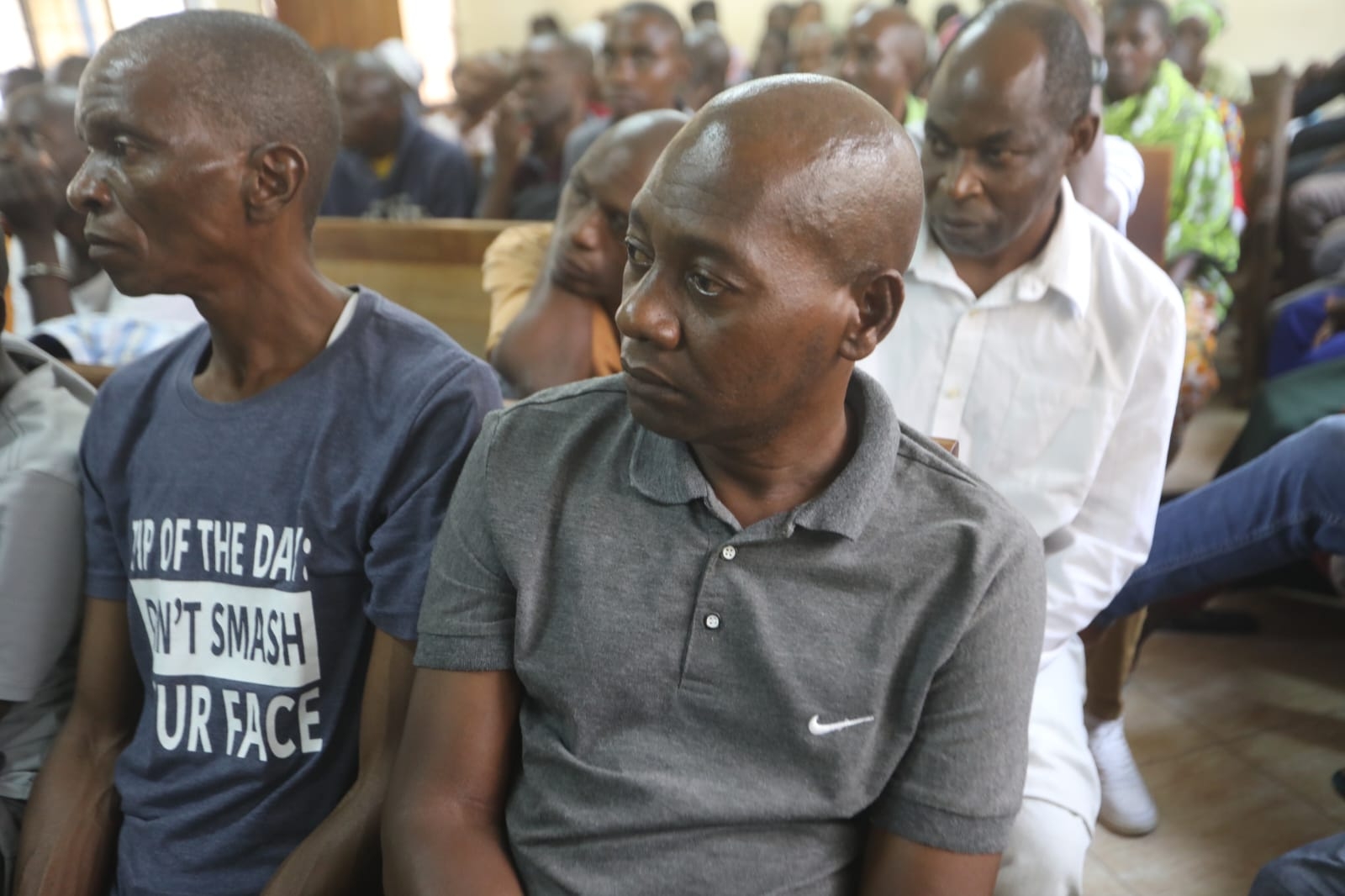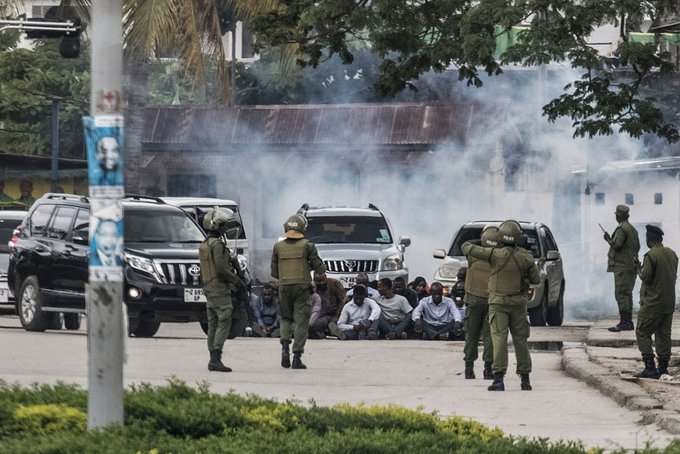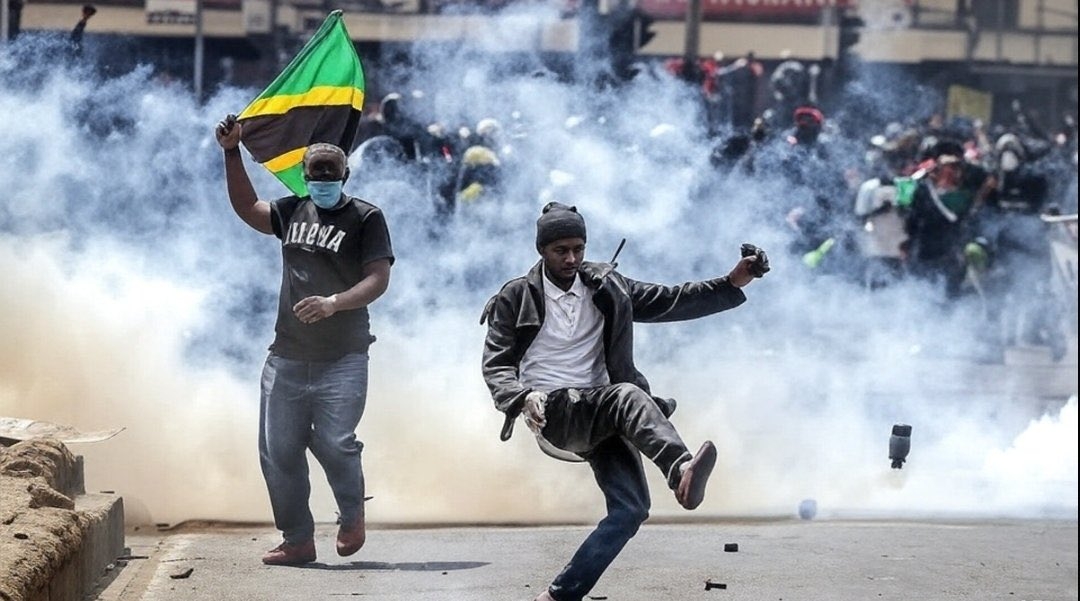

Despite the rising tide of online
harassment, very few women in Kenya report digital abuse, a silence that
resonates with global studies.
This is according to the International Center for Research on Women (ICRW)’s 2024 report, Experiencing Technology-Facilitated Gender-Based Violence in India.
It showed that survivors of TFGBV were most inhibited by prolonged legal processes, systemic apathy, lack of awareness, and a lack of resources to effectively respond to their cases.
“Most participants did not report incidents to authorities because they feared victim-blaming, lacked trust in police, or were unaware of available mechanisms,” the report said.
Participants in the study attested to how deeply entrenched social norms were within the legal system, particularly within law enforcement.
The concepts of what is
considered offensive or derogatory are heavily influenced
by social and cultural conditioning, making them deeply
subjective and challenging to navigate.
Although that research was conducted
in India, the same barriers are clearly evident in Kenya.
In Kenya, digital violence, often
referred to as technology-facilitated gender-based violence (TFGBV), is
increasingly recognised.
In 2024, the United Nations
Population Fund (UNFPA) reported that nearly 90 percent of young adults
enrolled in Nairobi tertiary institutions have witnessed TFGBV, and 39
percent have experienced it personally.
Among female students, the incidence
is even higher: 64.4 percent of women reported having experienced at
least one type of online violence (versus 35.5 percent of men).
Furthermore, a policy brief on
Kenya’s digital violence landscape noted that women are often unaware of
reporting channels, face institutional barriers in accessing justice, and find
law-enforcement officers ill-equipped or unwilling to respond.
On the ground, in informal
settlements in Nairobi and other urban areas, women suffering from cyber-stalking,
image-based abuse, or non-consensual sharing of photos often choose not to
approach law enforcement.
Such reactions reinforce the fears
of ridicule, victim-blaming, or institutional indifference that global studies
have documented.
The parallels with the ICRW study
are evident: in India, over 60 percent of respondents believed
“reporting would not lead to justice.”
Survivors described formal
procedures as confusing, and officials frequently trivialised online forms of
harm.
In their words, “Retelling my story
to multiple officers was like being violated again.”
These dynamics are mirrored in
Kenya, where survivors describe procedural fatigue and emotional exhaustion.
In Kenya, TFGBV takes specific
forms.
A Kenyan landscape assessment found
that women political candidates experienced coordinated online violence, where more
than half of women candidates had their Facebook accounts targeted compared to
about one-third of men.
Perpetrators often used ethnicity,
age, and other intersectional identifiers to intensify the attack.
Moreover, a Kenyan analytics study of more than 50,000 social-media posts found broad patterns of online abuse targeting women in public life, including bullying, intimate-image abuse and defamation.
The ICRW also explored the many critical ways time was instrumental in the access of and engagement with the legal system, from the police to the judicial system.
Speed
is of the essence in cases of TFGBV, which the present
system is not equipped to handle, stemming from myriad
factors such as systemic apathy and lack of awareness.
Taken together, the facts paint a clear
picture that digital violence is real, widespread and deeply gendered in Kenya.
Women who suffer it often remain silent, not for want of courage, but because the institutional and social architecture offers few safe outlets.














